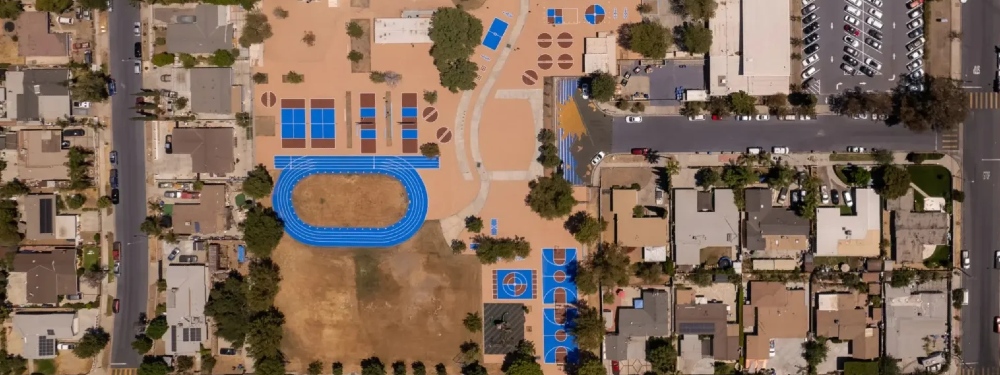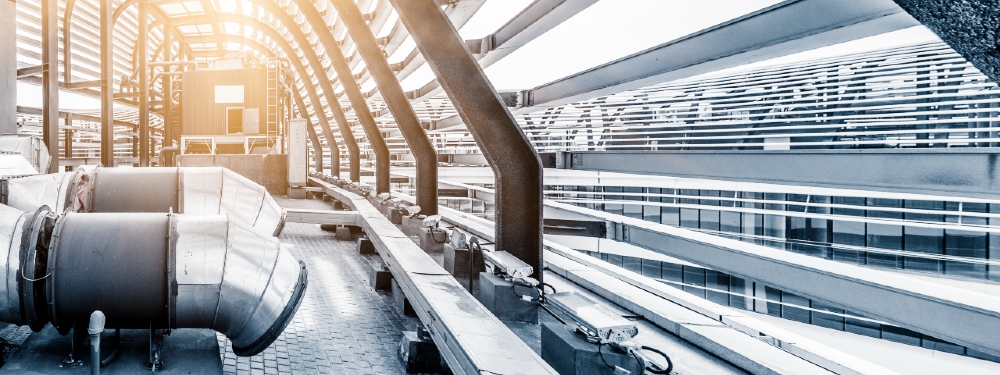Accelerate Magazine: Three Predictors for Cooling in 2021
Three predictions for Cooling in 2021
Expect more of the following: net-zero emissions action by cooling companies, Kigali Ratification and ambition, and National Cooling Action Plans by governments.
The challenges of 2020 have been well documented and I don’t think I have ever looked forward to a new year more than now.
On top of everything Covid-19 related, 2020 saw a number of heat records broken around the world, more relentless heat waves (including in the Arctic Circle), and another ominously high temperature of 54.4°C (129.9°F) in Death Valley, California (U.S.). It is, therefore, unsurprising to learn that 2020 is on course to be the hottest year since records began. While 2020 is likely to be an anomaly in many ways, with regards to the rising mercury, it is not.
With this trend of increasingly frequent and lengthy heat waves being experienced in virtually every part of the world, we are seeing a growing demand for cooling, especially for the most vulnerable communities. The loss of lives and productivity due to heat is already too high, and is only expected to grow if we don’t act now.
It’s not just keeping ourselves cool that’s becoming increasingly important; the refrigeration of medicines – vaccines in particular – has been of significant interest this year. The Covid-19 pandemic has shone a light on socioeconomic inequities, and as we approach the final stages of vaccine development, certain communities face the possibility of further inequalities relating to access to sufficient cold-chain infrastructure for vaccine distribution.
As I write this, there are at least three promising candidates for a Covid-19 vaccine: one from Pfizer and BioNtech, one from Moderna, and one from Oxford University and AstraZeneca. While this is all clearly fantastic news, we’re not out of the woods just yet. According to Sustainable Energy for All (SEforALL)’s recent “Chilling Prospects” report, delivering a vaccine typically requires storage at temperatures between 2°C and 8°C (35.6°F and 46.4°F). To do this for 4.7-5.5 billion people within 12-18 months would require a massive expansion in medical cold chains, energy, and refrigerants. You can just imagine the scale of the challenge if a vaccine requires relatively constant temperatures of -20°C (-4°F) or -70°C (-94°F), Moderna’s and Pfizer/BioNtech’s respectively. Oxford/AstaZeneca’s vaccine suddenly looks more attractive, at least from a distribution and certainly from a climate perspective.
While significant attention is rightly focused on these immediate challenges, much of life goes on as normal, so let’s dedicate some energy to different, but related matters – the cooling of vaccines yes, but cooling in the context of the climate crisis. What can we expect from 2021 and what can we hope for? It is now time to pick up the pace. Here are my top-three predictions for 2021.
The cooling sector will feel the heat from the “Race to Zero”
Over 80 countries and more than 2,000 businesses, investors, cities, and universities have already committed to the United Nations’ Race to Zero carbon emissions campaign. In the run-up to next November’s 26th UN Climate Change Conference of the Parties (COP26) in Glasgow, Scotland, we will see numerous additional net-zero emissions pledges being made from both the private and public sectors. Over the last year, the number of commitments has doubled. Very few, however, are from cooling sector manufacturers, but some clear leaders have emerged – Danfoss, Electrolux, and Schneider Electric.
One major milestone for 2021 will be a net-zero commitment from U.S. President-elect Joe Biden. He has been vocal about his plans to act on climate, including rejoining the Paris Agreement, pledging net-zero emissions by 2050, and pushing to “dramatically increase global climate ambition.” Greater action from the incoming administration will encourage domestic action; as the world’s second largest source of energy-related emissions from stationary air conditioning, the U.S. has a major role to play.
The U.S. is also home to some of the world’s largest cooling manufacturers – Trane Technologies, Carrier, Johnson Controls, and Lennox International. If the U.S. makes significant commitments in the form of its Nationally Determined Contribution (NDC) to the Paris accord and a net-zero pledge, these companies will fall into line.
U.S. action will also spur action across the world from businesses (competitors and franchises) as well as governments. Cooling will feature increasingly in countries’ NDCs and in their long-term plans (e.g. for 2050). And action on cooling will go way beyond the cooling industry. From healthcare and agriculture, to transportation and buildings, the environmental performance of cooling impacts many sectors’ pathways to zero carbon emissions – we won’t get to net-zero without concerted action on cooling.
The Kigali Amendment will see more ratifications – and greater ambition
Since coming into force in January 2019, 111 countries and the European Union have ratified the Kigali Amendment to the Montreal Protocol, which aims to reduce HFC consumption by at least 80% by 2047. These ratifications represent around 57% of the 197 parties (plus the EU) that enacted the amendment. According to UN estimates, the full implementation of the Kigali Amendment would avoid up to 0.4°C (0.72°F) in global warming by 2100. Of the remaining 86 parties, two of the world’s largest consumers of HFCs (the U.S. and China) have yet to ratify the amendment. The former is likely to rectify this in early 2021 (pending Senate approval) following President-elect Joe Biden’s inauguration in January.
There is increasing recognition that the Kigali Amendment is necessary for effective climate action, so we will likely see an uptake in ratifications in 2021. And while clear progress is being made here, there is skepticism as to whether Kigali targets go far enough and fast enough. As more countries and companies join the Race to Zero campaign, they will begin to move above and beyond the Kigali Amendment with regards to the production and consumption of HFCs in order to meet their net-zero targets. This shift will drive a greater demand for natural refrigerants (such as ammonia, CO2, and hydrocarbons) and require synthetic refrigerants to have a much lower GWP, i.e. under five. Net-zero will force a more ambitious adjustment of the Kigali Amendment
More National Cooling Action Plans will be enacted at national and subnational levels
Throughout 2021, rising temperatures, Covid-19 vaccine cooling needs, the looming climate negotiations, and awareness of the key role that cooling plays for food and productivity will put cooling higher up the political agenda and encourage better planning to meet cooling needs in a climate-friendly way. Much planning will happen through the development of National Cooling Action Plans (NCAPs) at both the national and subnational levels.
Back in 2018, India became the first country to develop such a plan. Since then, China, Rwanda, Trinidad and Tobago, Cuba, and Panama have published NCAPs, and 21 other countries are in progress, all with the support of the Kigali Cooling Efficiency Program (K-CEP).
National action is being complemented by action at the subnational level, such as in Ahmedabad, India; its Heat Action Plan has saved thousands of lives and inspired similar action in 30 cities across the country. If countries and sub-national entities fail to plan, they are planning to fail.
All in all, there are reasons for hope in 2021. Much-needed climate action will spur much needed economic activity and jobs. A renewed U.S. government, the Race to Zero, and the clear economic benefits of climate action will underpin an ambitious COP26 and help get us back on the necessary pathway to limit global temperature rise to 1.5°C (2.7°F).
I think 2021 will be another tough year, but it will also be a year of increased ambition, action, and progress; it simply has to be. As Karl Popper said, “Optimism is a duty. The future is open.”
This article was written by Dan Hamza-Goodacre (Non-Executive Director, K-CEP) and was originally published in Accelerate Magazine.


